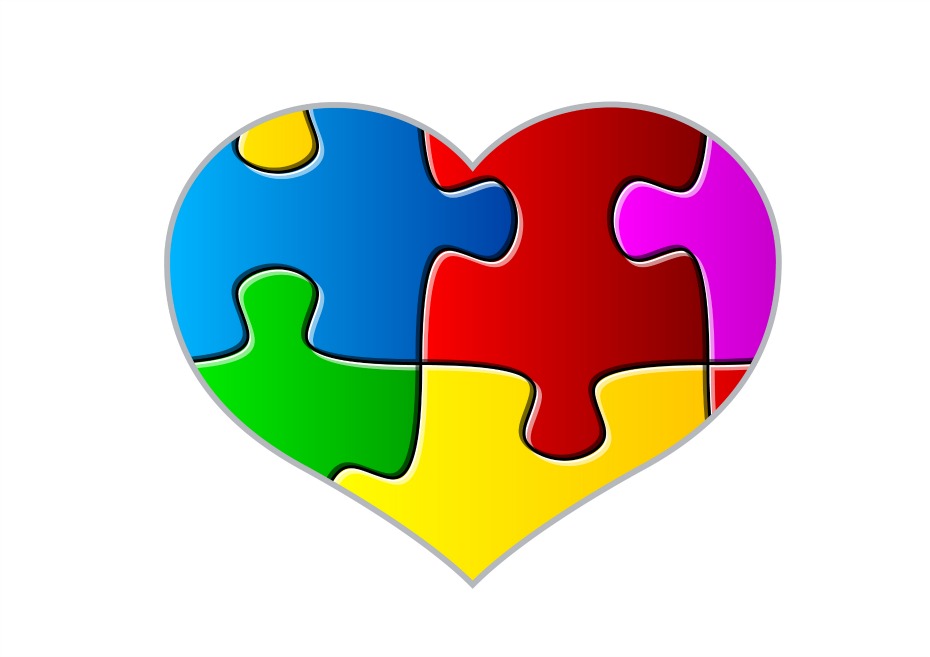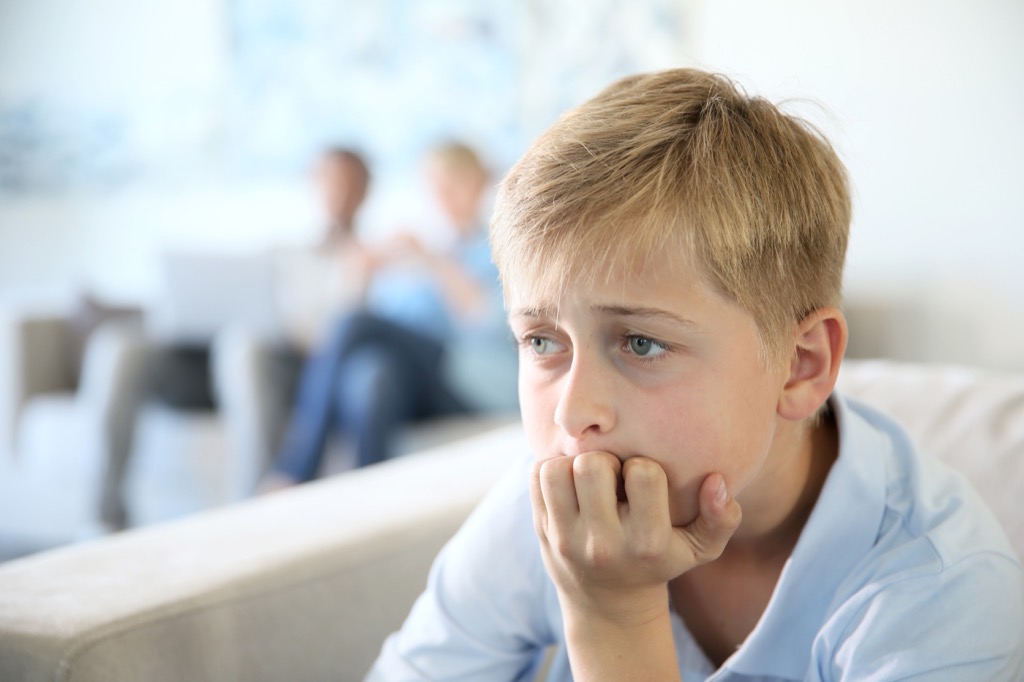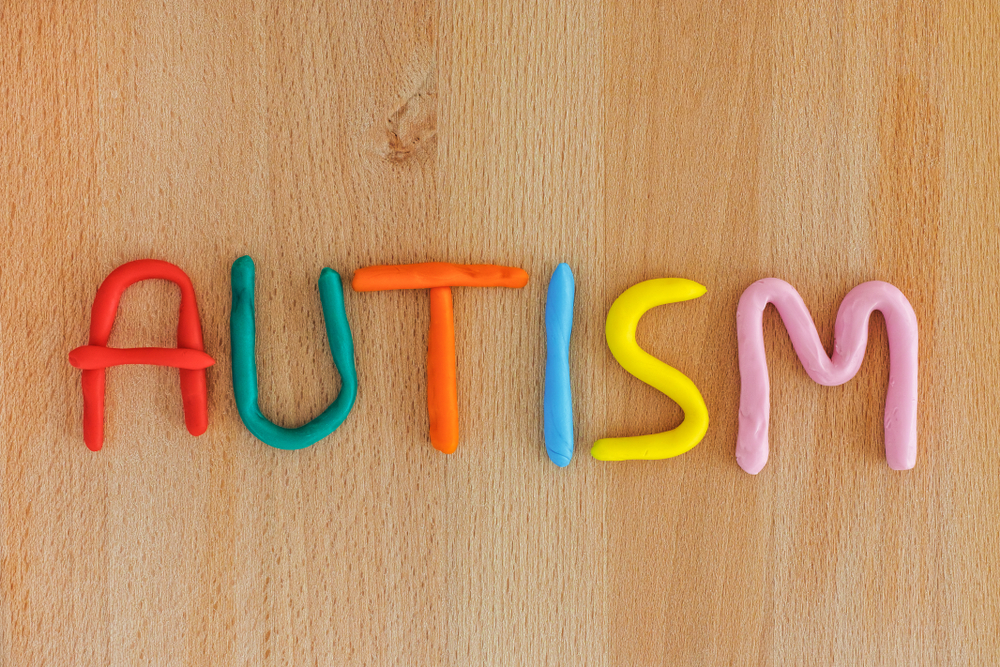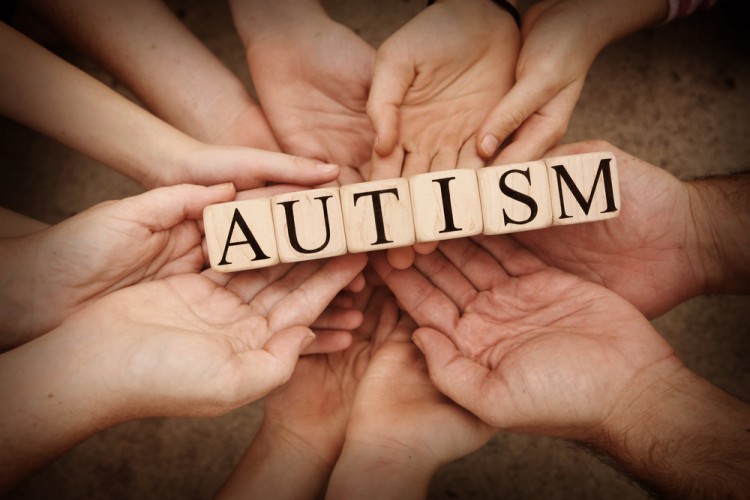Doctors have come a long way since 1908, when the word autism was first used. Here’s a look at the history of autism spectrum disorder.
You might think of autism as a new problem because it has become so much more prevalent in recent years. But it’s actually been on the books for more than 70 years–and our thinking about the condition has changed dramatically during that time. Here are the key events in autism history.
1908: The word autism is used to describe a subset of schizophrenic patients who were especially withdrawn and self-absorbed.
1943: American child psychiatrist Leo Kanner, M.D., publishes a paper describing 11 children who were highly intelligent but displayed “a powerful desire for aloneness” and “an obsessive insistence on persistent sameness.” He later names their condition “early infantile autism.”
1944: A German scientist named Hans Asperger describes a “milder” form of autism now known as Asperger’s Syndrome. The cases he reported were all boys who were highly intelligent but had trouble with social interactions and specific obsessive interests.
1967: Psychologist Bruno Bettelheim popularizes the theory that “refrigerator mothers,” as he termed them, caused autism by not loving their children enough. (Spoiler alert: This is completely false.) “Post-World War II, there was a lot of psychoanalytic work done on autism where researchers looked solely at the impact of life experiences,” explains Parents advisor Fred Volkmar, M.D., director of the Child Study Center at Yale University School of Medicine and editor-in-chief of the Journal of Autism & Developmental Disorders. “They didn’t consider the role of biology or genetics, which we now understand to be the main cause.” Autism is also classified under schizophrenia in the International Statistical Classification of Diseases and Related Health Problems, although scientists now know there is no link between the conditions.
1977: Research on twins finds that autism is largely caused by genetics and biological differences in brain development.
1980: “Infantile autism” is listed in the Diagnostic and Statistical Manual of Mental Disorders (DSM) for the first time; the condition is also officially separated from childhood schizophrenia.
1987: The DSM replaces “infantile autism” with a more expansive definition of “autism disorder,” and includes a checklist of diagnostic criteria. UCLA psychologist Ivar Lovaas, Ph.D., publishes the first study showing how intensive behavior therapy can help children with autism–thus giving new hope to parents.
1988: The movie Rain Man is released. It stars Dustin Hoffman as an autistic savant who has a photographic memory and can calculate huge numbers in his head. “This was important for raising public awareness of the disorder,” Dr. Volkmar notes, although not every kid on the autism spectrum has these kinds of skills.
1991: The federal government makes autism a special education category. Public schools begin identifying children on the spectrum and offering them special services.
1994: Asperger’s Syndrome is added to the DSM, expanding the autism spectrum to include milder cases in which individuals tend to be more highly functioning.
1998: A study published in The Lancet suggests that the measles-mumps-rubella (MMR) vaccine causes autism. This finding was quickly debunked.
2000: Vaccine manufacturers remove thimerosal (a mercury-based preservative) from all routinely given childhood vaccines due to public fears about its role in autism–even though, again, the vaccine-autism link has been debunked.
2009: The U.S. Centers for Disease Control and Prevention (CDC) estimates that 1 in 110 children have autism spectrum disorders, up from 1 in 150 in 2007, though the CDC notes that the increase stems at least in part from improved screening and diagnostic techniques.
2013: The DSM-5 folds all subcategories of the condition into one umbrella diagnosis of autism spectrum disorder (ASD). Asperger’s Syndrome is no longer considered a separate condition. ASD is defined by two categories: 1) Impaired social communication and/or interaction. 2) Restricted and/or repetitive behaviors.





